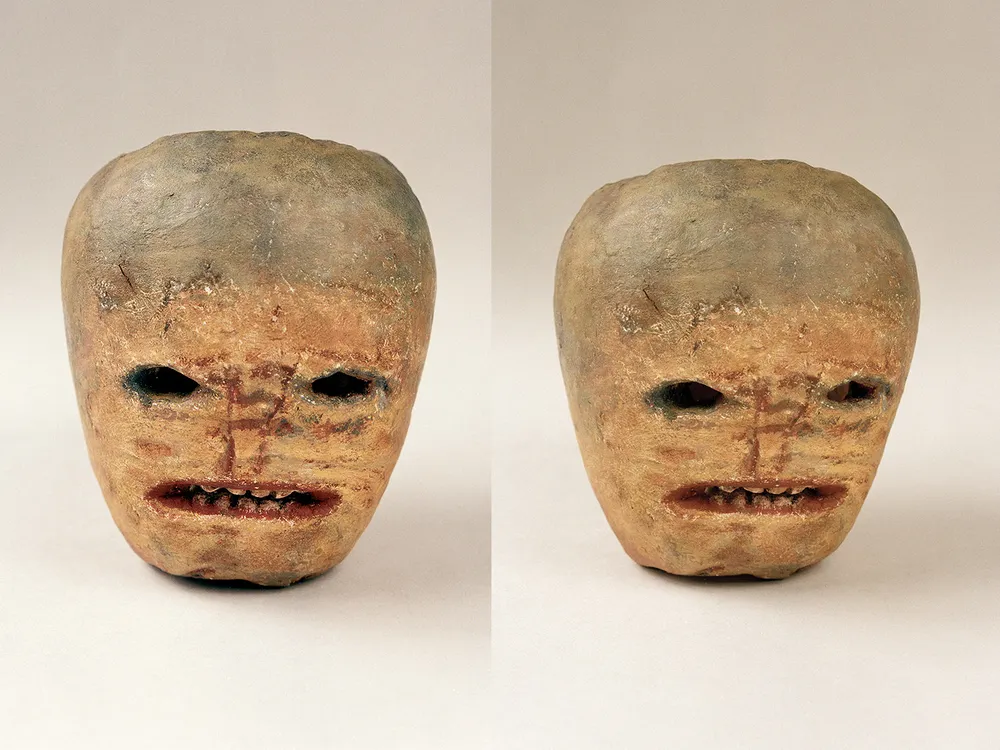 There are calls for Halloween to be banned in the Middle East and other parts of the Muslim and Christian world where this ancient solstice tradition is misunderstood. Halloween of today is a mutt of a holiday. It combines ingredients from stone-age Celts Irish and Scottish Catholics, native American harvest festivals and marketing from candy and decoration companies.
There are calls for Halloween to be banned in the Middle East and other parts of the Muslim and Christian world where this ancient solstice tradition is misunderstood. Halloween of today is a mutt of a holiday. It combines ingredients from stone-age Celts Irish and Scottish Catholics, native American harvest festivals and marketing from candy and decoration companies.
Samhuinn is Scotch gaelic for the month of November, the traditional end of Celtic summer. This time marked the boundary between light and dark, life and death, good and evil. It was believed that the veil between this world and the next was thinnest at this time of year.
Fires were lit to guide spirits of the dead through the transition and chase away the bad spirits. This pagan holiday was so intertwined with Celtic traditions that the Roman Catholics couldn’t crush it, so they adapted it and adopted it as “All Soul’s Day” or “All Saint’s (Hallows) Day and the night before, “All Hallow’s Eve” we now know as Halloween.
Carved turnips way more frightening than pumpkins

Ghost turnip from the Smithsonian. A terrifying alternative to a carved pumpkin.

Christian fires burned on hilltops where pagan fires had burned for 1000 years. The Irish made lanterns out of turnips (see photo above) to guide ‘Stingy Jack’ and other wandering souls caught in the netherworld while warding away the evil spirits with frightening masks and Jack O’ lanterns made from carved turnips.
But when Scottish and Irish people emigrated to America, they found that turnips weren’t as plentiful in the new world as pumpkins — a traditional native American harvest food.
Add Aztec chocolate, cheap plastic decorations, costumes and customs from around the world and you have modern Halloween.
This strangely modified holiday has only recently been re-imported to the Celtic regions where it was born. Now it is enjoyed around the world as far away as Japan and China by those who don’t read too much into a melting-pot tradition which celebrates nothing more than a chance to pretend to be someone else for an evening.
And if you are wondering about the picture above: Photo of Jack O’Lanterns, carved from turnips from the National Museum of Ireland, Museum of Country Life, Castlebar, Co Mayo





Thanks Brian for the good read. I never knew about this turnip thing. Yes, the pumpkins look a bit more amicable.
Too bad the Halloween tradition was eventually reduced to superhero costumes after a couple of thousand years of solitude and crossing the Atlantic back & forth. It’s yet fascinating from an anthropological point of view the resilience of tradition in general before sweeping economic and cultural transformation. Reading the post, the Persian New Year, Nowruz, crossed my mind. There’re lots of similarities between the two traditions, sort of. The seasonality, to begin with, and attaching the phenomenon to death and re-birth. Muslims on large swaths of land, stretching from Turkey, through the Iranian plateau, until west of China celebrate the tradition, and take it very seriously. Many more Muslims however do disagree with celebrating the tradition, from a jurisprudence point of view, at least. Still, even those devout Muslims in Iran (and I’d assume elsewhere) manage to color the tradition with an Islamic brush, and on the morning of the Nowruz read verses of the Qur’an, specially those from the Chapter of Light (Nowruz translates into ‘New Day’). In 2009, the Nowruz was registered on the UNESCO’s list of Intangible Cultural Heritage. Is it too late for the Irish & the Scottish to follow suit?
I guess tonight I’m pretending to be a culture historian. And yes, I’m fun at parties.